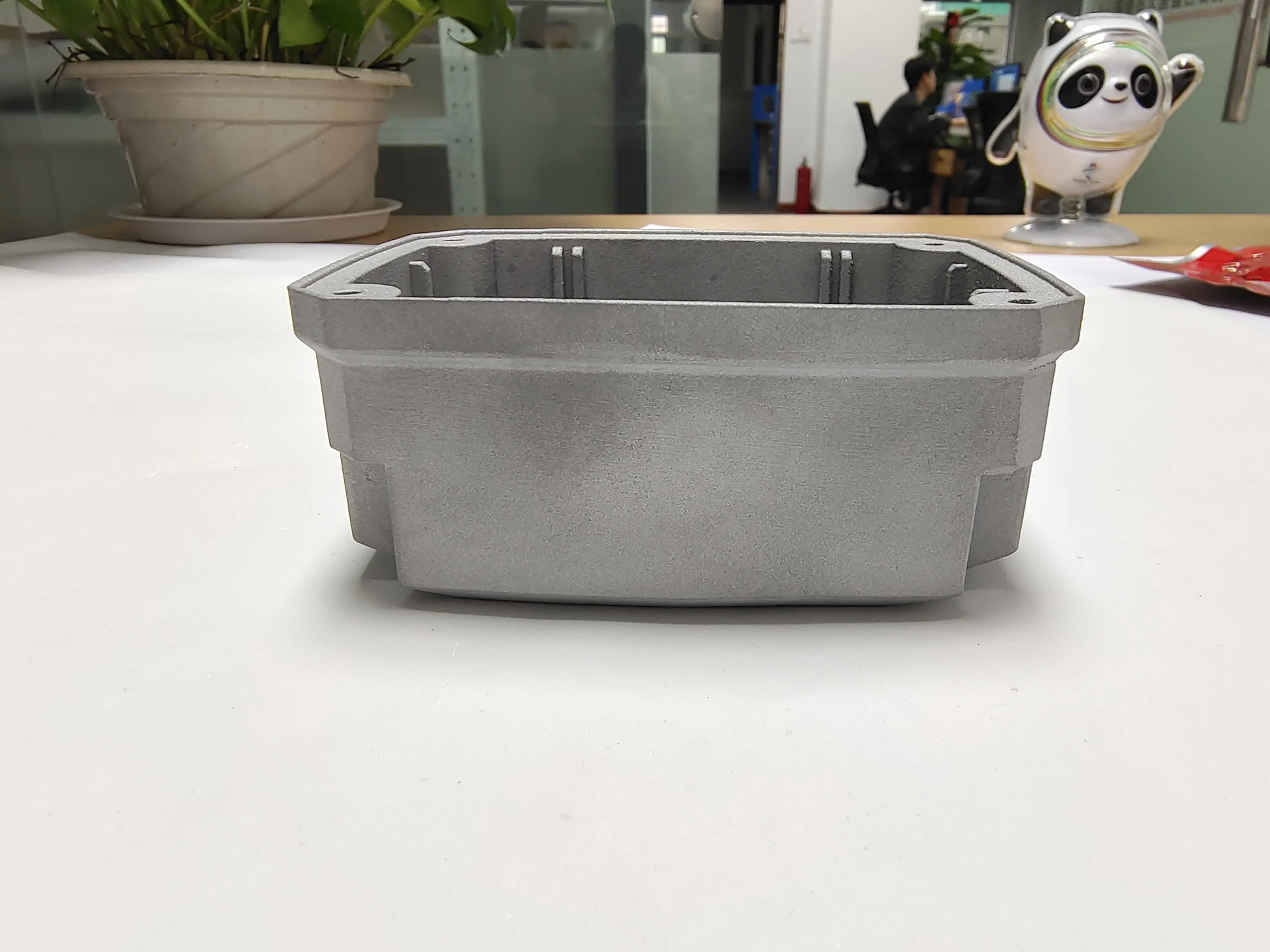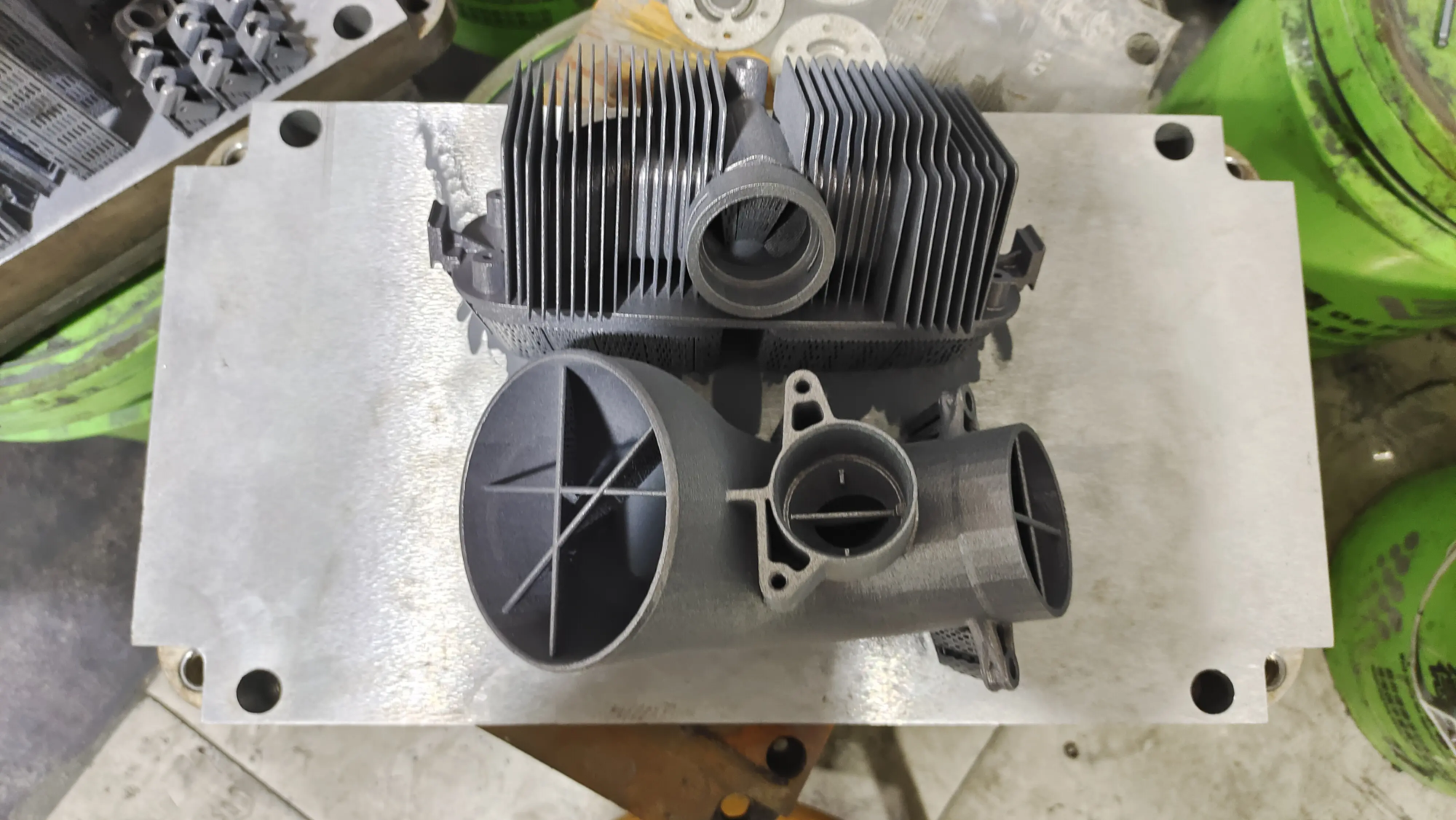A new technology that uses sound for 3D printing changes the additive manufacturing field. Unlike traditional methods of light or thermal printing, this technology uses materials during the wave, triggering acoustic chemical reactions in resin using high intensity focusing ultrasound, in order to create 3D structures without physical contact.
The central principle of this technology is its ability to accurately concentrate sound waves inside the printing material, selectively embarking on the specific areas by local cavitation and polymerization, thus forming complex structures.
The unique HDSP capabilities make it suitable for a variety of scenarios, such as printing multi-plain objects, distance manufacturing and in vivo printing. By coding for transversal information by acoustic holograms, HDSP can simultaneously generate structures in several levels and demonstrate the multi-material printing potential.
In terms of remote manufacturing, HDSP has significant advantages due to its ability to penetrate obstacles and is suitable for manufacturing such as underwater structures on the high seas. In vivo printing uses the HDSP’s remote printing capacity, which can generate precise and non-invasive structures in the body, offering new possibilities of targeted treatment and production of implants in the medical field.
In addition, HDSP, as a continuous hardening process, breaks the limits of traditional printing systems with three axes per polymerization chain reaction. The HDSP assisted by robot implements the parts without support printing and supports the concept of “the print that overlap”, creating conditions for the printing of complex flexible materials and more free conceptions.
In general, HDSP is a faster 3D printing technology, higher precision and better efficiency. It is suitable for remote manufacturing in complex environments such as underwater structures, medical implants and even aerospace components. With the continuous development of this technology, it should become an important tool in the field of future 3D printing, modifying the manufacturing methods of many industries.





